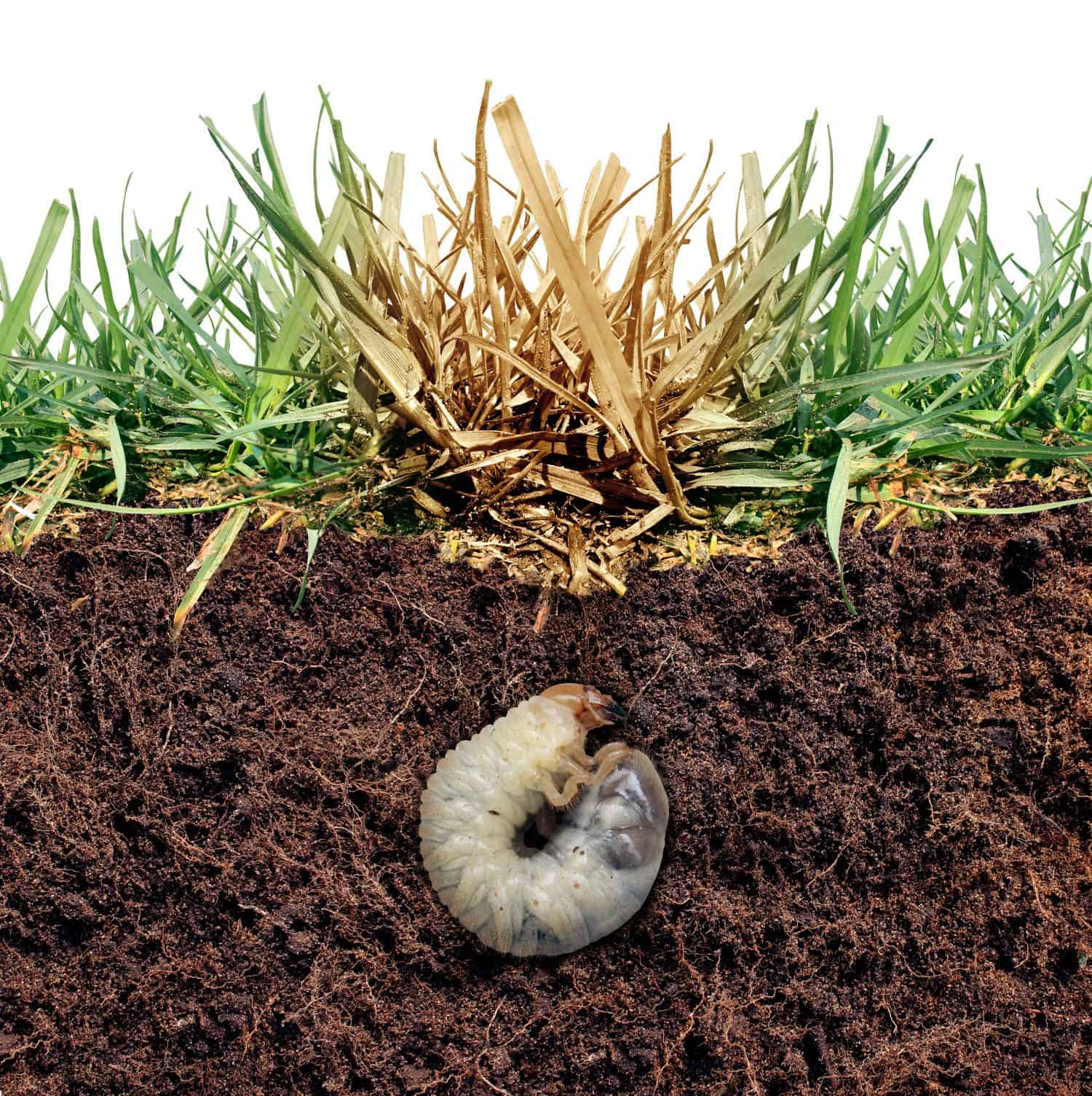As the summer has drawn to a close and winter is swiftly approaching, you may be tempted to believe that you can finally stop worrying about those pesky grub intruders. If you’ve had to deal with a vengeful stream of grubs tearing up your lawn and damaging your plants all summer especially, the approach of winter can seem like a welcome relief! But while it can seem like you finally have these slimy adversaries out of your way, do you think grubs really die in the winter? Let’s find out.
Grubs: Why They Get A Bad Rap?
Beetle larvae, commonly called grubs receive a bad reputation primarily because of their feeding behavior. These insidious pests feed by day on the roots of grass and other edible garden plants causing significant damage to gardens and lawns. The larvae of several genera of Japanese beetles, masked chafers, and May or June beetles are notorious for ravaging lawns with their incredibly destructive feeding habits. As adults, many of these scarab beetle species also feed on the foliage of various landscape and garden plants.
Interestingly, several of these plant-damaging beetles were inadvertently introduced into North America. They can be found in diverse habitats, ranging from parks and woodlands to deserts, mountains, and fields. A few grubs are typically not an issue. Where grub infestations are severe, however, wilting, brown patches, and dead lawn areas become conspicuous. As grubs snip off the roots of the turf, the sod may also easily roll back like a piece of carpet.
Moreover, while grubs themselves can cause harm, sometimes their predators cause more damage. Skunks, moles, and armadillos are some common predators of grubworms that can wreak havoc in your garden. It is essential to recognize, however, that not all grubs are harmful. Some beetle species play beneficial roles and serve as important biological control agents.
Do Grubs Die in the Winter?
As summer wanes and temperatures start to plummet, you will see that the white grubs that have plagued your garden all season, slowly start to dwindle. Does that mean that grubs die in the winter? Unfortunately, no! Grubs do not die in the winter. What happens instead, is that these grubs burrow themselves deep into the soil to survive freezing cold temperatures.
As grubs hibernate through the season, they will cease feeding. But, as soon as the soil warms up in the spring, grubs will move back up and resume feeding. Remaining vigilant and continuing grub control efforts throughout winter, is, therefore, critical.
How Do I Know If There Are Grubs in My Lawn?

Grubs are almost always C-shaped and you can recognize them by their brown head capsule.
©Lightspring/Shutterstock.com
To control grub damage, you first need to know if grubs are really the cause of the damage to your lawn. Common signs of grub damage such as browning, yellowing, or thinning of grass can also be caused by other species such as sod webworms, cutworms, hairy cinch bugs. Conditions such as drought stress or even soil compaction can also be ruining your lawn. The only way to be sure, therefore, is to dig up a few sections of the turf to see if these stealthy garden pests are quietly nesting inside.
Cut up a one-foot square section in your lawn or turf, in the area where you suspect grub activity. Sift around the soil to see if you find any C-shaped white grubs. Usually, if you are counting more than 10 grubs per square foot, it is a sign that you have a serious infestation. Anything lesser than that is quite normal and is usually not a cause for concern. If you notice an infestation, you want to act quickly as grubs are known for their ability to reproduce rapidly. Knocking them down quickly will ensure that your grass stays green and healthy as summer rolls in again
Controlling Grubs: How to Get Rid of Grubs in the Lawn?
The safest way to manage grubs is to practice sound turf management principles. When you water, mow, and fertilize your lawn correctly, it will keep the grass healthy. When your grass is healthy and strong, it can resist any kind of stress. If grubs still find their way into your garden, beneficial nematodes are an eco-friendly way to get rid of those pervasive lawn grubs.
If all these methods fail, you can resort to chemical control. With chemical insecticide applications, timing is, however, critical. Also, remember to water the chemical products into the root zone to ensure that grubs pick up or ingest these chemicals. The final takeaway- don’t overlook the significance of continuing grub control efforts throughout the year.
Thank you for reading! Have some feedback for us? Contact the AZ Animals editorial team.








